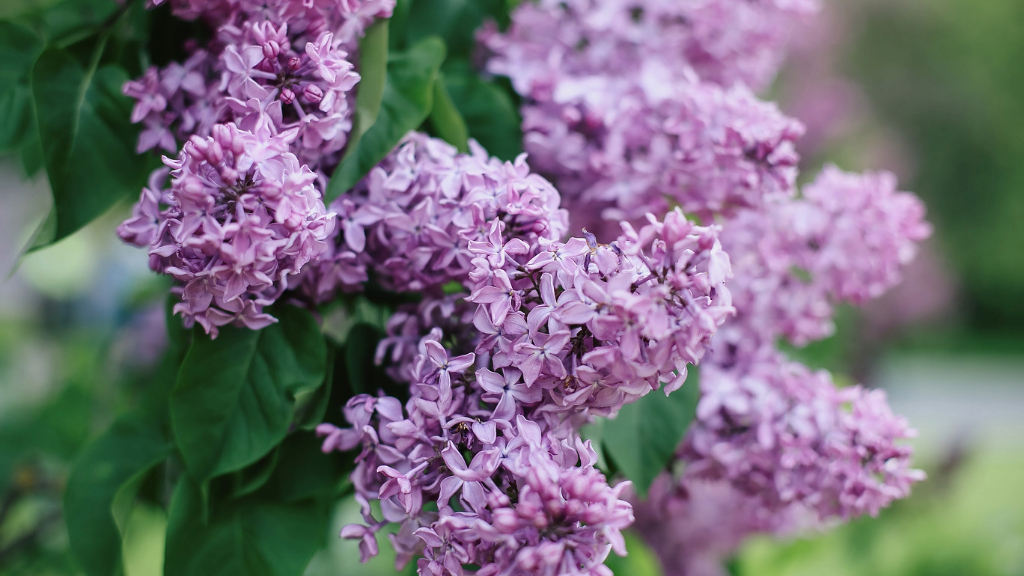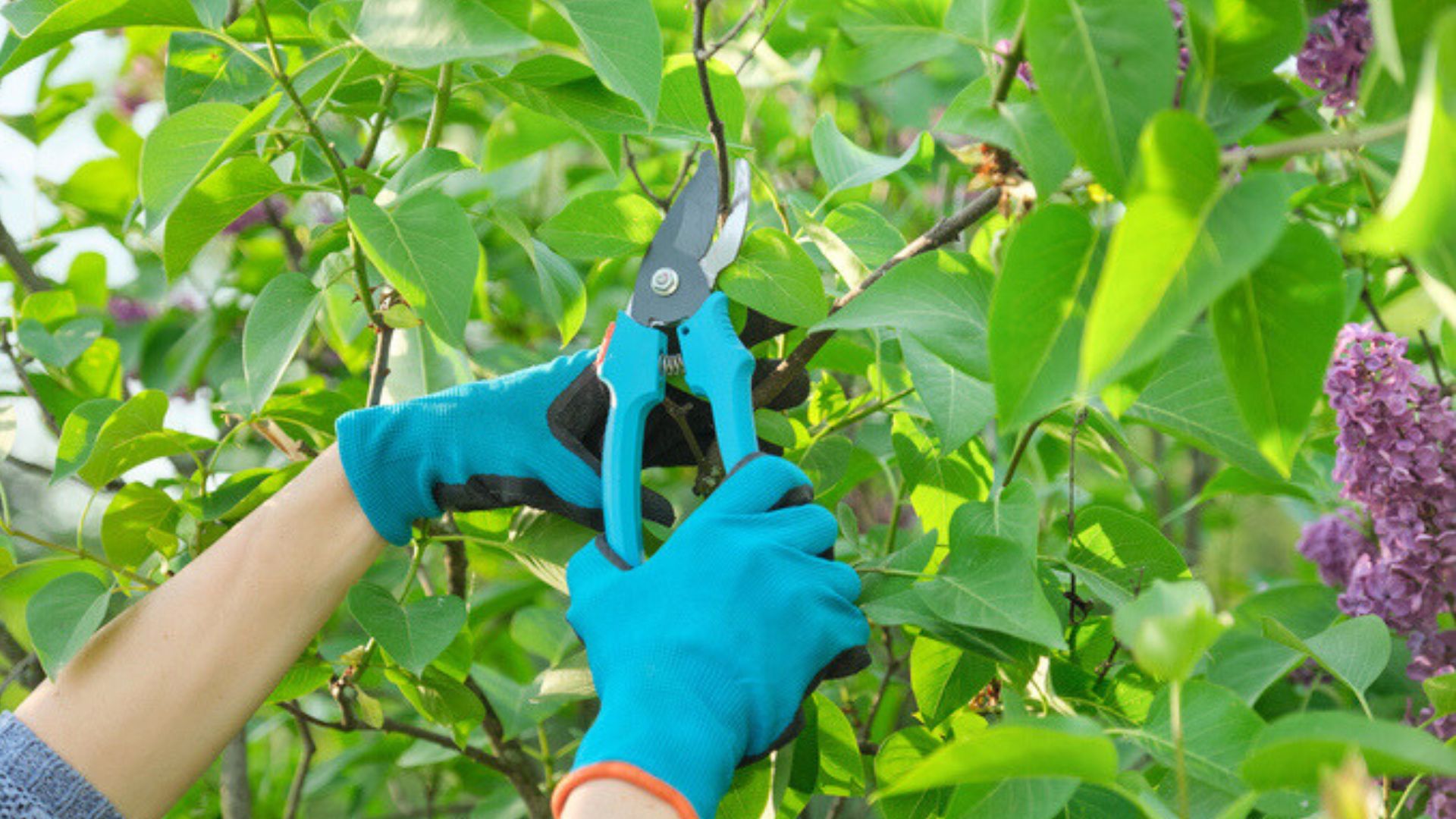Top 10 Questions About Lilac Shrubs


Lilacs are old-fashioned favorites in the landscape well known for their wonderful scents, but even they can have problems from time to time. Gardening Know How wants to help avoid these issues, or at the very least amend them, by providing the best information possible when it comes to growing and caring for these plants in the garden - and that includes answering the top questions about lilacs in the home landscape.
1) Why isn't my lilac blooming?
When your lilac shrub isn't blooming, any of a number of things could have caused the problem. Lilacs need lots of sun, and if no flowers appear, they may need more light. If you give your lilacs a hard pruning, they will probably not bloom for a year or two. Also, pruning in late summer removes buds and prevents flowering. Too much nitrogen fertilizer can prevent lilacs from flowering, but so can root restriction. Sometimes your plant is old and needs a good pruning to produce younger more productive wood. Or it could be pests or just a late freeze.
Deadhead spent flowers by cutting close to the stems - it encourages another round of flowers. For serious pruning, use clippers, not scissors. Remove entire stems, not just the overgrown stem tips. Take out about a third of the lilac branches. Remove ground shoots, but also trim out inner branches to allow light and air to pass through the shrub. If your lilac bushes have been left to their own devices for far too long, prune the entire shrub to about six or eight inches off the ground. After three years or so, your shrub will be full of blossoms.

Feeding plants gives them nutrients that can produce lush foliage and promote health. Lilacs don't need much in the way of nutrients, however, so err on the side of less fertilizer, not more. Above all, avoid nitrogen-heavy fertilizers. Those three numbers on the fertilizer packet represent nitrogen, phosphorus and potassium. If the numbers are the same (e.g. 10-10-10), the fertilizer includes equal amounts of the nutrients. If the first number is bigger (e.g. 30-10-10), it's heavy in nitrogen. Always fertilize lilacs with a closely balanced fertilizer. Apply it in spring, when the lilac canes wake up from their winter sleep.
Sign up for the Gardening Know How newsletter today and receive a free copy of our e-book "How to Grow Delicious Tomatoes".
4) How to transplant lilac shrubs?
Plants aren't partial to being moved around and can experience transplant shock, so only transplant when you really need to. The key to happy shrub transplants is taking as many roots as possible to the plant's new location. The best time to transplant is fall, but spring works too. Dig deep and wide to get a good size root ball. Be sure to keep it moist while you are taking it to the new site, and water it thoroughly once the transplant is done. Transplanted shrubs need extra water for a season or two until their roots gets re-established.
5) How to grow lilacs in hot climates?
Your best bet is to select a lilac variety that is heat tolerant and accepts mild winters. Lilacs can thrive in heat, as long as winter is long enough. Most lilac species require a long period of winter chill in order to flower well the following year. If your hot climate doesn't get much winter, you might try one of the low-chill lilac hybrids available in commerce, including 'Lavender Lady,' 'Blue Skies' or 'Angel White.' If lilacs just won't grow where you live, a good substitute is lilac chaste tree (Vitex agnus-castus), with lilac look-alike flowers but alas no fragrance.
You can plant lilac seeds, root softwood cuttings or transplant shoots to propagate lilac plants. Lilacs grow readily from seeds. If you decide to propagate with seeds, harvest your own by picking off the seed pods when they mature, then plant them in spring or fall. Seeds from hybrid plants don't grow new lilacs that look like their parents, so you may want to propagate them by cuttings. Take cuttings from tender new growth in late spring. Root the cuttings in perlite, then transplant them in your garden. You can also transplant the shoots you see growing beneath the lilac bush.
7) How to treat powdery mildew on lilac bushes?
If your lilac plants look like someone spilled power on their leaves, they may have powdery mildew, a type of garden fungus. But don't worry, you can help your lilac bushes. First, try to buy cultivars that are resistant to this pest. Then plant your lilac bushes in full sun in a spot that gets good air circulation. If necessary, prune out vegetation to increase the air flow. Always water your plants from below to reduce moisture on foliage. What if your plant gets powdery mildew anyway? Use one of the many fungicides available in commerce to combat powdery mildew. Neem oil is a good choice.
8) What causes shoots under lilac bush?
Those shoots you spot poking out of the ground under your lilac bush are growing from the lilac roots. They are called suckers. If you want more lilac plants, you can get them for free by transplanting these shoots into another garden area. The best time to transplant these shoots is spring or fall. Dig down from the trunk to expose the clump roots, then cut a shoot away from the parent plant, taking some of the roots. Replant the sucker in an appropriate, sunny location. New shoots needs regular irrigation for the first season to develop root systems.
9) Are roots of lilac plants invasive?
Lilac plants are invasive in that they expand and are difficult to remove from your backyard. While the lilac plant's roots will not turn up your sidewalk, the shrubs do send up many suckers, each of which grow into new plants. The roots grow horizontally, parallel with the surface of the soil. As they go along, they send up these sucker shoots. A single lilac plant easily form a grove over time. Even if you cut down the clump and try to remove the roots, the lilac plant regrows from any piece of root section left in the ground.
10) When to plant a lilac bush?
You'll find that the best seasons for planting lilac bushes are spring and fall. If you plant in spring, wait until winter's worst has passed. Planting in fall might mean less work, as autumn rains generally provide irrigation. In either season, you'll want to dig a planting hole that is sufficiently deep and wide to accommodate the shrub's roots. Spread the roots vertically in the soil when you plant. Don't squeeze bushes together or you'll soon get overcrowding. Instead, space them at least 5 feet apart. Lilacs do best in a site with excellent drainage and plenty of afternoon sun.
We all have questions now and then, whether long-time gardeners or those just starting out. So if you have a gardening question, get a gardening answer. We're always here to help.

Teo Spengler is a master gardener and a docent at the San Francisco Botanical Garden, where she hosts public tours. She has studied horticulture and written about nature, trees, plants, and gardening for more than two decades, following a career as an attorney and legal writer. Her extended family includes some 30 houseplants and hundreds of outdoor plants, including 250 trees, which are her main passion. Spengler currently splits her life between San Francisco and the French Basque Country, though she was raised in Alaska, giving her experience of gardening in a range of climates.